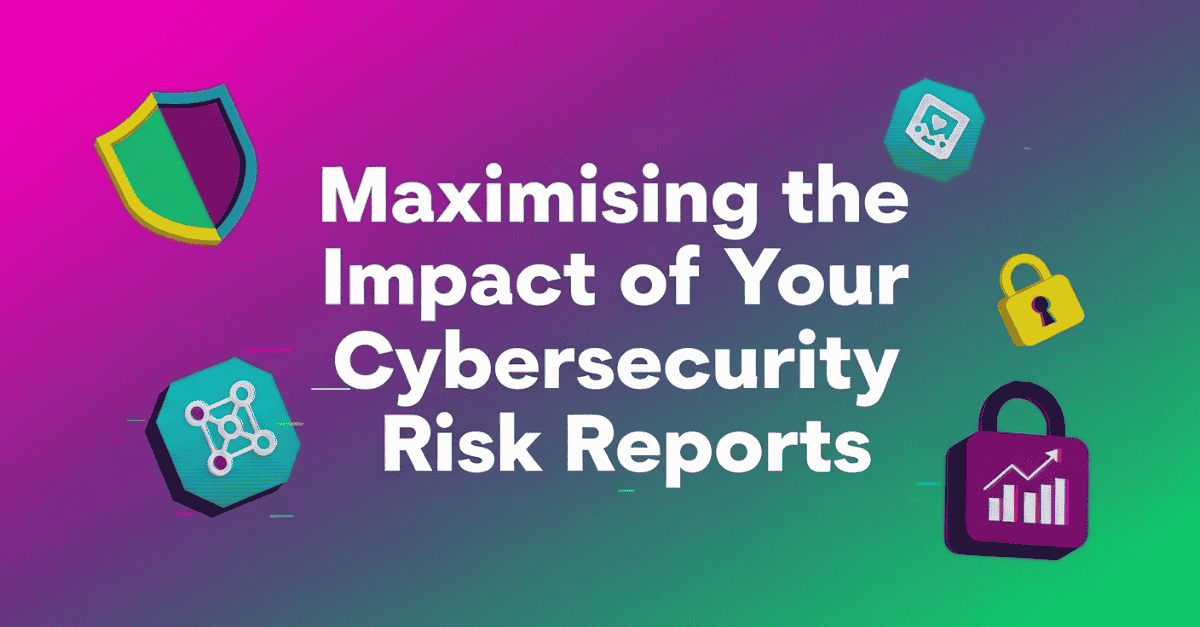At a recent GTIA conference, ChannelCon, we heard some effective real-world advice on how to maximise engagement with end users and one that resonated most was about how to make sure customers understand – and act on – the advice MSPs are giving about risk factors in the customer’s business.
As an MSP, your mission isn’t just to detect risks – it’s to drive change. Yet too often, cybersecurity risk reports fall short of their potential. They’re packed with data but lack urgency, filled with jargon that clouds understanding, and miss the mark when it comes to business relevance.
At Bluechip Infotech, we believe that a risk report should be more than a technical document—it should be a catalyst for action. Here’s how to make sure your reports don’t just inform, but inspire.
🎯 1. The Report Itself Doesn’t Create Value—Your Message Does
A 20-page PDF filled with charts and acronyms won’t move the needle unless it’s clear why it matters. Your report is a tool, not the outcome. The real value lies in how you communicate the risks and the urgency to act.
🧠 2. Know Your Audience
Before you write a single word, ask yourself:
- Who are you talking to? Is it a CEO, CFO, or IT manager?
- What does success look like for them? Reduced downtime? Regulatory compliance? Customer trust?
- Why are they listening to you? What problem are they trying to solve?
- What happens if they don’t act? Quantify the consequences.
Tailor your message to their priorities. A CFO doesn’t need packet-level detail—they need to understand the financial risk.
💬 3. Cut the Jargon—Speak Their Language
Replace technical terms with business outcomes. For example:
| Identified Risk | Business Impact |
|---|---|
| Exposed Credentials | One exploited login could result in \$12,000 in fines |
| Outdated Software | Could lead to a ransomware attack costing \$50,000 in recovery and downtime |
Better yet, convert risk into time and money—the language every business understands.
💸 4. Quantify the Financial Risk
Use this simple formula to make the impact real:
- Hourly Revenue per Employee =
Annual Revenue / (Number of Employees × 2,080) - Downtime Hours =
Number of Employees × Hours per Day × Days of Downtime - Lost Revenue =
Hourly Revenue per Employee × Downtime Hours
This turns abstract threats into tangible losses. For example, a 5-day outage for a 50-person company could mean \$200,000+ in lost revenue.
📌 5. Keep It Simple and Actionable
Trim your findings to a 1-page snapshot. Focus on:
- What did we find?
- What does it mean to you?
- What can we do about it?
Highlight quick wins—like an organisation-wide password reset that could reduce breach risk by \$50,000.
Avoid fear-mongering. Instead, be educative and informative. Help your customers understand the “why” behind the “what.”
✅ 6. Present a Solution, Not Just a Problem
Establish your credibility by showing that you’re not just identifying issues—you’re solving them. For each risk, offer a clear next step:
- Patch outdated systems
- Enable MFA
- Conduct staff training
Make it easy for your customer to say “yes” to action.
Final Thought
Cybersecurity risk reports shouldn’t be a compliance checkbox—they should be a conversation starter. When you align your insights with your customer’s business goals, you don’t just report risk—you reduce it.

